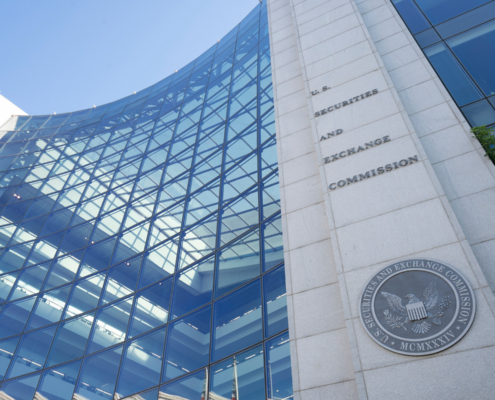
Optimizing Effectiveness
In this article, we explore what effective training really looks like—customized, engaging, and aligned with today’s regulatory environment.

Why Compliance Training Still Fails
Even with mandatory training, financial institutions continue to face major compliance failures. This article unpacks the risks of a “check-the-box” culture—and why outdated, generic programs aren’t enough to keep your organization compliant.

Recent IAR Enforcement Actions
Recent SEC enforcement actions against IARs highlight critical compliance failures, including unregistered brokerage activities, misleading marketing practices, undisclosed conflicts of interest, and inadequate compliance policies.

Sweeping AML Requirements for RIAs and ERAs
FINCEN issued a final rule with new AML requirements for investment advisers. With the January 1, 2026 deadline approaching, RIA and ERA firms must begin building and implementing their compliance programs as soon as possible.

When Less is More
Microlearning – meaning knowledge or training divided into small learning objects – offers many advantages. In this article, we consider the types of microlearning, best practices for implementation, and examples of how this works well in compliance.

Cartels, Cash, and Capital Flows
Cartels and their money laundering networks represent an increasing threat to our security and citizens, as well as being a priority for enforcement action. This article sets out five actionable steps a financial institution can take to ensure it is effectively identifying and responding to cartel risk.

Intensifying Focus on Export Control Compliance by Banks
This article recaps BIS export control guidance to banks, assesses the likelihood of enforcement action this year, and sets out actions Chief Compliance Officers can take to improve their export control compliance program.

AI vs. Human Judgment
AI is helping financial institutions stay on top of their game while making processes faster and more efficient. But with recent advancements, one question keeps coming up: Will AI replace compliance professionals? In this article, we explore where AI excels versus human judgment.

Syndicates of Terror
Eight Latin American drug cartels were recently designated by the United States as Foreign Terrorist Organizations and Specially Designated Global Terrorists. The U.S. designation enhances compliance risks for financial institutions and other companies transacting in Latin America.

Advancement in Digital Asset Markets
Review policies and regulation on crypto in the U.S., UK, EU, and globally, how this influences adoption, and measures to capitalize on rewards while managing illicit finance risks.
